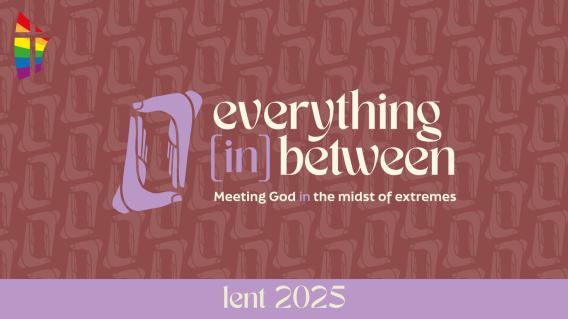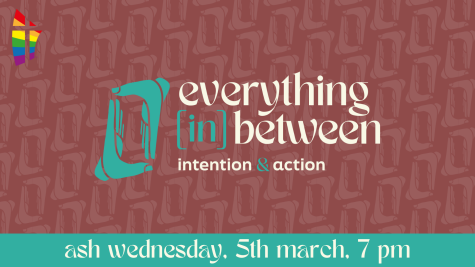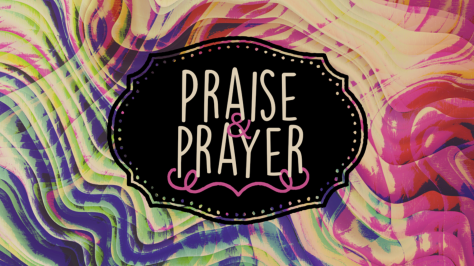Scroll down below for information on our Lent services, as well as links to our live broadcasts and videos.
Our Lent series for 2025 allows the Gospel of Luke to guide us through Lent. Beginning with Jesus setting his face toward Jerusalem (Luke 9:51), the series flows through several familiar stories—the Good Samaritan, Mary and Martha, the fruitless fig tree, the Lost Sheep, Zaccheus, and more. Many of these stories are well-known in both sacred and secular imagination, carrying cultural relevance and lore. For example, have you ever identified yourself as either a ‘Mary’ or a ‘Martha’? The ‘Good Samaritan’ title alone could reference a hospital, a charitable organization, a type of law, or a good deed. Perhaps you grew up singing ‘Zaccheus was a wee little man’ in Sunday School. So many of these scriptures hold significance in pop culture, church history, politics, and everything in between.
As we study these scriptures, we are struck by how Jesus’ ministry was rooted in relationships that disrupted the established social, political, and religious divides of his time. As modern readers, we sometimes lose the ‘shock factor’ behind Jesus’ words, as his teaching tactics likely felt extreme for those in his context. He describes a stigmatized Samaritan as a good neighbour. He emphasizes the value of one sheep in a herd of a hundred. He dines with a tax collector who amassed wealth through extortion. While dying on the cross, he tells a convicted criminal he will soon find paradise. In these narratives, Jesus intentionally highlights the cultural and political polarities of his time to emphasise the radical, inclusive, and surprising love of God. When we study these stories in their historical and cultural context, we see how they mirror the cultural and political divides many of us experience in our families, churches, and communities today.
This year's Lent series is an invitation to navigate the polarities in our lives with more faith, intention, and openness to be transformed. Each weekly sub-theme explores two supposed binaries, like ‘faith & works’ or ‘rest & growth’ or ‘grief & hope’. We often consider these ideas to be opposing. However, as we explore these concepts within the scriptures, we find nuance and complexity. We find that these dichotomies are false. We might begin to see a full spectrum instead of black and white. We might find that God is present in between.
And so, during this Lent, we invite you to look beyond black and white binaries and easy answers. We encourage you to notice the dichotomies that define our lives, but also imagine where God might be meeting us beyond the categories we create. This theme may resonate with anyone who is in discernment or trying to find their way through an undefined space. It will speak to anyone who feels as if they are living in a divided world. It is for those who seek a spiritual life that engages with complexity instead of avoiding it. This Lent, we're trusting that God shows up in shades of gray, rainbow hues, and everywhere in between.
Join us every week for
Everything in Between:
Meeting God in the Midst of Extremes
In our Lent logo, the two hands reaching toward each other represent our longing for connection despite the politics, assumptions, beliefs, and narratives that divide us. The hands look as if they are reaching in for a handshake, but they are paused just before they connect. The negative space in between the hands creates the shape of a doorway, symbolizing hospitality or a pathway forward. The doorway invites us to look for God in the spaces in between. In the typography, the 'in' is bracketed, emphasizing the promise that God shows up in surprising ways and unexpected places, but is present in it all. The shape of the hands further echoes the bracket shape. Grammatically, brackets are used to provide additional explanation or information. The brackets around the [in] represent the charge to each of us: to dig deeper into complexity and nuance, to ask questions and stay curious, and to be open to where God might meet us along the way.
Ash Wednesday - 5th March - 7 pm
Everything in Between: Intention & Action
Luke 9:51-62
Jesus sets out for Jerusalem
The 'would-be followers' have good intentions. They want to follow Jesus, but Jesus calls them to put their money where their mouths are. Somewhere between good intentions and impulsive action lies discipleship. On Ash Wednesday, we make a commitment to align our intentions and our actions.
First Sunday of Lent - 9th March - 11 am
Everything in Between: Stranger & Neighbour
Luke 10:25-37
Parable of the Good Samaritan
This parable begins and ends with the question, 'Who is my neighbour?' and the answer is, surprisingly, 'the stranger'. The Samaritan, whose place of worship and customs are different from the scribe who questions Jesus, is both a stranger and a neighbour to the man who was beaten and left in a ditch. In our world, many of our physical neighbours are strangers to us, and many of our neighbours—those closest to us—feel like strangers in divisive political climates. If we align our intentions and actions, then maybe we need to reconsider who we consider 'stranger', and ask ourselves if we have acted as good neighbours.
Second Sunday of Lent - 16th March - 11 am
Everything in Between: Faith & Works
Luke 10:38-42
Mary & Martha host Jesus
In many translations, Jesus says that 'Mary has chosen the better part', which has been used to create a divide between Mary and Martha. However, in the Greek, Mary has chosen the 'good portion', and Martha’s tasks are called 'ministry'. Therefore, perhaps Mary represents our faith, our desire to know God intimately, and Martha represents our good works, our desire to transform the world. Both are needed, and both are good.
Lent Praise & Prayer - 20th March - 7 pm
Everything in Between: Praise & Prayer
Luke 11:1-13
Perseverance in Prayer
Our monthly service of song, scripture, sharing, and prayer, during this Third Week of Lent. After teaching his disciples how to pray, Jesus uses examples of persons who are in need to teach us to persevere in our prayers.
Third Sunday of Lent - 23rd March - 11 am
Everything in Between: Rest & Growth
Luke 13:6-9
Parable of the Fig Tree
The gardener in the vineyard knows the fig tree needs rest, nutrients, and time—and it also needs to produce fruit. Both things are true, which is also true for us. If we are always striving for more growth without taking time to rest, we will burn out. But if we are only ever resting, we won’t bear fruit or grow. The fig tree also teaches us that the in between time—of nurture before fruit—can be where transformation begins.
Fourth Sunday of Lent - 30th March - 11 am
Everything in Between: Lost & Found
Luke 15:1-7
Parable of the Lost Sheep
Herding sheep is a never-ending task. As soon as one is found, another may go missing. Our lives have a similar ebb and flow—in one moment we might feel like we have it all together, and in the next, we’re struggling to survive. The promise of this parable is that no matter how 'lost' we feel, the Good Shepherd is by our side.
Fifth Sunday of Lent - 6th April - 11 am
Everything in Between: Righteousness & Mercy
Luke 19:1-10
Zacchaeus greets Jesus
The crowds grumble at Jesus’ self-invitation to stay with Zacchaeus, and their righteous indignation isn’t without cause. As a tax collector, Zacchaeus has extorted money and acted in collusion with the empire, using his position to oppress his own people. It is important to call out oppression, and yet, Jesus offers mercy. That mercy then begets more mercy as Zacchaeus, unprompted, offers to return what he took, and then some.









